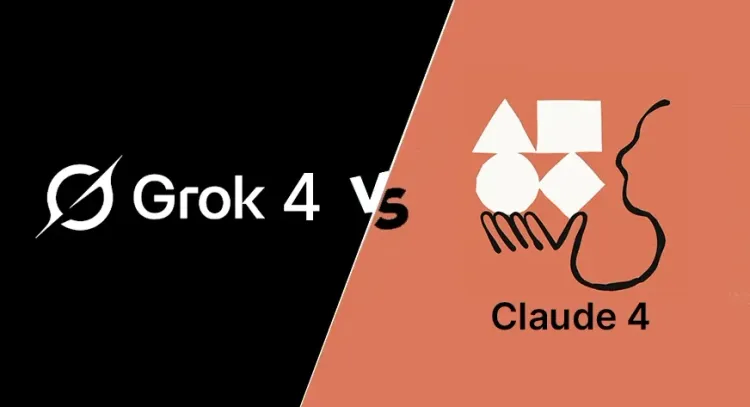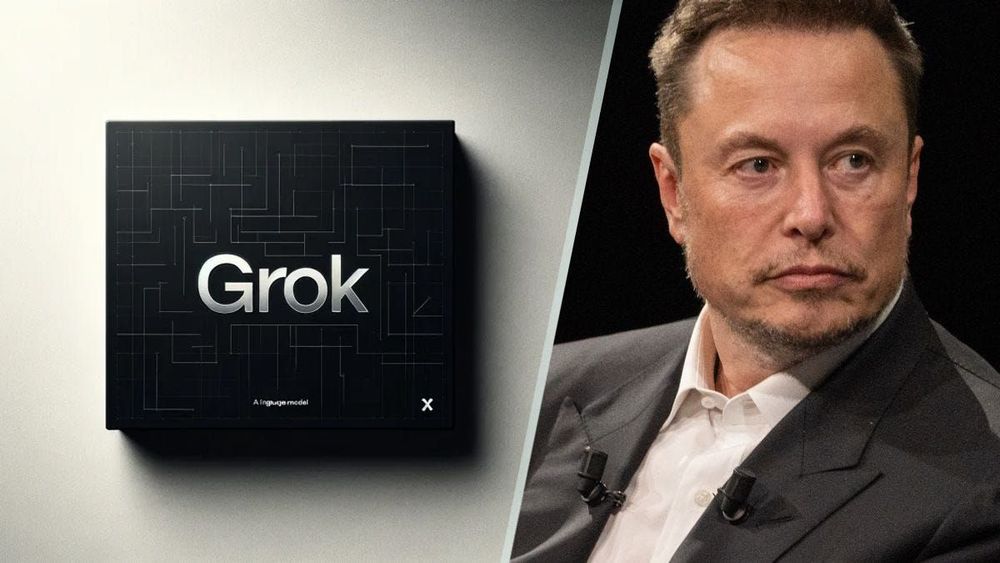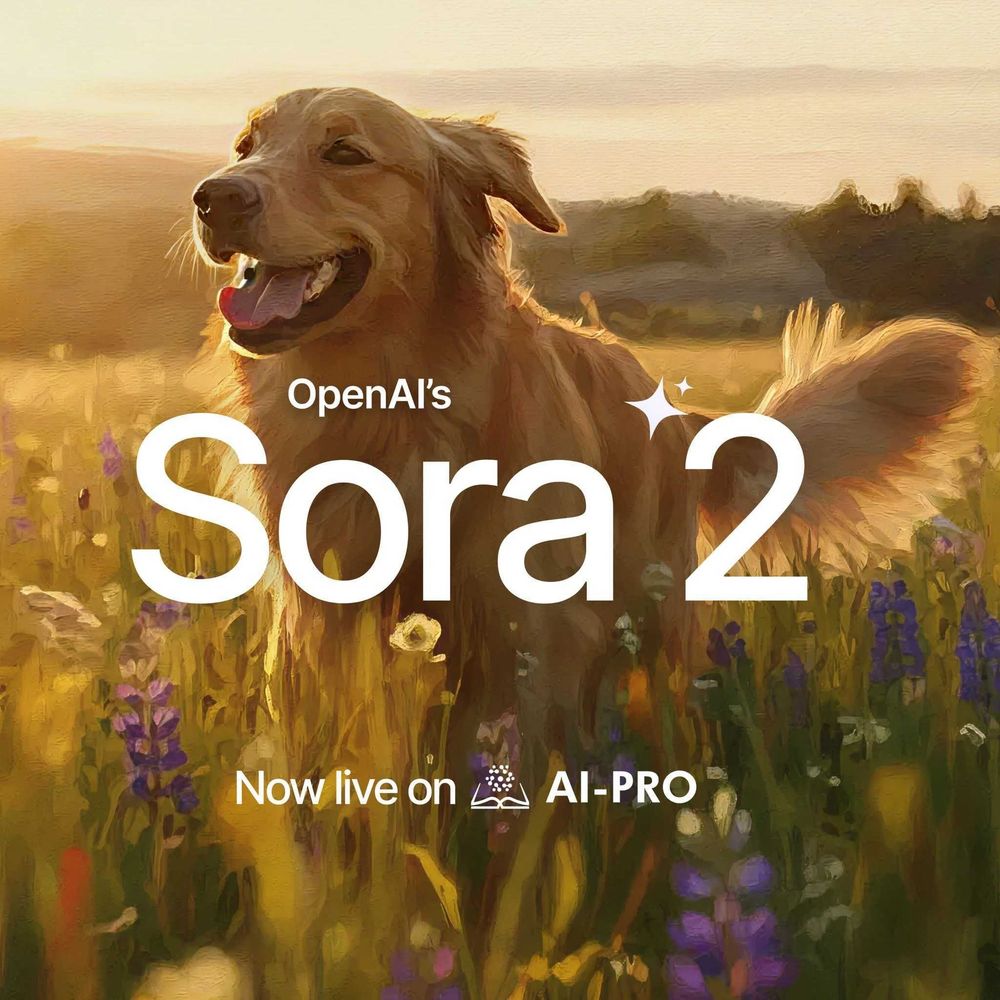As artificial intelligence continues to advance at an unprecedented pace, large language models (LLMs) have become pivotal in transforming our interactions with technology and information. Among the leading contenders in this field are OpenAI's ChatGPT and Anthropic's Claude, both of which have captured the spotlight for their remarkable capabilities and diverse applications.

With organizations and individuals increasingly turning to these sophisticated AI systems for tasks ranging from content creation to customer support, understanding the nuances between ChatGPT and Claude is essential for making informed choices. This article aims to provide a comprehensive comparison of their features and capabilities, allowing readers to assess which model best aligns with their specific needs and goals.
We will explore critical aspects such as model architecture, training data, performance, functionality, integration, pricing, and ethical considerations. By illuminating the strengths and weaknesses of each model, this analysis will serve as a valuable resource for developers, business leaders, and anyone interested in harnessing the power of AI.
Join us as we navigate the intricacies of Claude vs. ChatGPT, uncovering what distinguishes them in the ever-evolving landscape of large language models.
Model Architecture: Claude vs. ChatGPT
The architecture of a large language model (LLM) plays a crucial role in determining its performance, capabilities, and overall effectiveness. In this section, we will delve into the model sizes and parameter counts of ChatGPT and Claude, explore the transformer-based architectures that underpin both models, and examine the techniques employed, such as reinforcement learning from human feedback, that enhance their functionality.

Comparison of Model Sizes and Parameter Counts
Model size and parameter count are significant indicators of an LLM's potential. Generally, a higher number of parameters can lead to improved understanding and generation of language.
The latest iterations of ChatGPT, particularly the GPT-4 architecture, boast an impressive parameter count that exceeds its predecessors. While OpenAI has not disclosed the exact number of parameters for GPT-4, it is widely believed to be in the range of hundreds of billions, significantly enhancing its ability to comprehend context and generate nuanced responses.
Anthropic's Claude also features a substantial parameter count, though specific figures have not been publicly detailed. Claude is designed to prioritize safety and alignment with human values, which may influence its architecture and parameter distribution. The model is optimized for conversational tasks, making it adept at understanding user intent and providing relevant information.
Transformer-Based Architectures
Both ChatGPT and Claude are built on transformer architectures, which have revolutionized natural language processing (NLP). Introduced in the seminal paper "Attention is All You Need," the transformer architecture relies on self-attention mechanisms that allow models to weigh the importance of different words in a sentence, regardless of their position. This capability enables models to capture long-range dependencies and contextual nuances effectively.
However, while both models leverage the same underlying transformer architecture, they differ in their application of this technology. ChatGPT excels in generating coherent and contextually relevant text, leveraging the transformer architecture to facilitate multi-turn conversations and maintain context over extended interactions. This makes ChatGPT particularly beneficial for applications requiring sustained dialogue, such as customer service and educational tools.
In contrast, Claude employs the transformer architecture with a focus on safety and ethical considerations. Anthropic has tailored Claude's design to minimize harmful outputs and enhance user alignment, making it a reliable choice for sensitive applications. The architecture supports Claude's focus on providing safe and informative responses, ensuring that user interactions remain constructive and aligned with societal norms.
Reinforcement Learning from Human Feedback
To further refine their capabilities, both ChatGPT and Claude utilize advanced training techniques, including reinforcement learning from human feedback (RLHF). This technique involves training models based on feedback from human evaluators, allowing them to learn from real-world interactions. By incorporating human judgment into the training process, both models can better align their responses with user expectations and societal norms.
In summary, the model architectures of ChatGPT and Claude reflect their respective design philosophies and intended applications. While both leverage advanced transformer-based architectures and RLHF techniques, their unique approaches to model size, parameter counts, and safety considerations set them apart in the competitive landscape of large language models.
Data and Cutoff: Claude vs. ChatGPT
The training data and knowledge cutoffs of LLMs play a critical role in shaping their performance and the accuracy of their responses. Both ChatGPT and Claude have been trained on vast datasets, but there are notable differences in their training approaches and the recency of the information they provide.

OpenAI's ChatGPT has been trained on a diverse range of internet text, encompassing books, articles, websites, and other written content. However, OpenAI has not disclosed the specific datasets used, which raises questions about the comprehensiveness and representativeness of the training material. The knowledge cutoff for ChatGPT is September 2021, meaning it lacks awareness of events, developments, or advancements that occurred after that date. This limitation can affect its ability to provide current information or context on recent topics.
On the other hand, Anthropic's Claude also utilizes a broad dataset for training, focusing on a variety of text sources to enhance its language understanding. Similar to ChatGPT, Claude's specific training data has not been publicly detailed. However, Claude's knowledge cutoff is more recent, being set in March 2023. This allows Claude to incorporate more up-to-date information and respond more accurately to queries about recent events or developments.
So while both ChatGPT and Claude are trained on extensive datasets, the differences in their training data and knowledge cutoffs significantly impact their factual accuracy and ability to provide up-to-date information. Users should consider these factors when choosing which model to utilize for their specific needs, especially when current information is crucial.
Functionality Differences: Claude vs. ChatGPT
While both ChatGPT and Claude are powerful large language models, they offer distinct functionalities that cater to different user needs and applications. Understanding these differences can help users choose the model that best fits their specific requirements.

ChatGPT
- Image Generation: One of the standout features of ChatGPT is its ability to generate images based on textual prompts. This capability allows users to create visual content quickly and easily, making it a valuable tool for designers, marketers, and content creators.
- Voice Interactions: ChatGPT also supports voice interactions, enabling users to engage with the model through spoken language. This feature enhances accessibility and provides a more natural user experience, particularly for applications in customer service and personal assistants.
- Web Search Integration: With the ability to perform web searches, ChatGPT can access real-time information and provide users with up-to-date responses. This functionality is particularly useful for inquiries about current events, trends, or specific data that may not be included in its training data.
Claude
- Emphasis on Safety: Claude is designed with a strong focus on safety and ethical considerations. Its architecture prioritizes minimizing harmful outputs and ensuring that responses align with user values. This makes Claude an ideal choice for applications where safety and reliability are paramount, such as mental health support or educational environments.
- Long-Form Reading and Summarization: Claude excels in processing and summarizing long-form content, making it particularly effective for tasks that require in-depth analysis or synthesis of information. This feature is beneficial for researchers, students, and professionals who need to digest large volumes of text quickly and accurately.
Integration and Ecosystem: Claude vs. ChatGPT
The integration capabilities of large language models (LLMs) like ChatGPT and Claude significantly enhance their functionality and usability across various platforms. Each model has established partnerships with popular applications, allowing users to leverage their capabilities in diverse contexts.

ChatGPT's Integrations
ChatGPT has formed numerous integrations with well-known platforms, enhancing its utility for users:
- Expedia: ChatGPT's integration with Expedia allows users to plan trips seamlessly. Through this collaboration, users can engage in conversations with ChatGPT to receive recommendations on destinations, hotels, transportation, and activities. The integration simplifies the travel planning process, enabling users to transition from conversation to booking within the Expedia app or website.
- OpenTable: This integration allows users to find and book restaurant reservations effortlessly. By interacting with ChatGPT, users can receive personalized dining recommendations based on their preferences and location, making the dining experience more convenient and enjoyable.
- Slack: ChatGPT can be integrated into Slack, enabling teams to utilize its conversational AI capabilities for enhanced communication and collaboration. This integration allows users to generate content, summarize discussions, and streamline workflows directly within their messaging platform.
Claude's Integrations
Claude also boasts a range of integrations that cater to different user needs:
- Notion AI: Claude's integration with Notion enhances productivity by assisting users in organizing notes, generating content, and summarizing information within the Notion workspace. This functionality is particularly beneficial for teams and individuals looking to optimize their workflow.
- Slack: Similar to ChatGPT, Claude can be integrated into Slack, providing users with AI-driven assistance for communication and project management. This allows teams to leverage Claude's strengths in safety and ethical considerations while collaborating.
- Zoom: Claude's integration with Zoom enables users to utilize its capabilities during virtual meetings. This can include generating meeting summaries, providing real-time insights, and enhancing overall communication during discussions.
- DuckDuckGo: Claude's partnership with DuckDuckGo allows users to access information while prioritizing privacy. This integration aligns with Claude's focus on safety, providing users with a reliable source of information without compromising their data security.
Pricing and Plans: Claude vs. ChatGPT
When pitting Claude vs. ChatGPT, understanding the pricing structures and available plans is essential for users to make informed decisions. Both models offer a range of options, including free and paid plans, each with its own limitations and benefits.

ChatGPT Pricing and Plans
Free Plan: ChatGPT offers a free tier that allows users to access its core functionalities. This plan is suitable for casual users who want to explore the model's capabilities without any financial commitment. However, the free version may come with limitations, such as reduced access to advanced features, slower response times, and potential restrictions on usage during peak hours.
ChatGPT Plus: For users seeking enhanced features and performance, OpenAI offers the ChatGPT Plus subscription. Priced at $20 per month, this plan provides several benefits:
- Faster Response Times: Subscribers experience quicker response times, making it ideal for users who require efficient interactions.
- Priority Access: During high-demand periods, Plus subscribers receive priority access to the model, reducing wait times and ensuring a smoother experience.
- Access to Latest Features: Plus subscribers often gain early access to new features and improvements, allowing them to stay at the forefront of ChatGPT's capabilities.
Claude Pricing and Plans
Free Access:
Claude is accessible for free, allowing users to engage with its core functionalities without any financial investment. This plan includes access to Claude on the web, iOS, and Android platforms, the ability to ask about images and documents, and usage of the Claude 3.5 Sonnet model. It's an excellent option for individuals and organizations looking to evaluate Claude's performance and safety features. However, like ChatGPT's free tier, it may come with limitations, such as usage caps or slower response times during peak periods.
Paid Plans:
Anthropic has introduced paid plans for Claude, offering enhanced features to cater to more demanding use cases. These plans include:
- Pro Plan: Priced at $20 per person per month, the Pro plan builds on the free offering by providing access to more advanced models like Claude 3 Opus and Haiku. It includes higher usage limits, making it suitable for businesses and professionals who require more extensive access. Additionally, Pro users can create Projects to work with Claude around specific documents, code, or files, and enjoy priority bandwidth and availability. This plan also offers early access to new features, ensuring subscribers stay ahead with the latest advancements.
- Team Plan: Designed for organizations, the Team plan costs $25 per person per month when billed annually (or $30 if billed monthly), with a minimum of 5 members required. It includes everything in the Pro plan but with even higher usage limits, making it ideal for larger teams. This plan also introduces features for collaboration, such as sharing and discovering chats among teammates, and offers centralized billing and administration for easier management of multiple users. Paid users under this plan also benefit from dedicated support, ensuring any issues or questions are addressed promptly.
While free access to both ChatGPT and Claude allows users to explore the models without financial commitment, it may come with limitations such as reduced performance, slower response times, and restricted access to advanced features. Meanwhile, subscribing to the paid plans for either model offers significant benefits, including faster response times, priority access, and access to advanced features. However, the monthly subscription cost may be a consideration for budget-conscious users or smaller organizations.
Compare Claude and ChatGPT Using Chatbot Pro!
In this article, we explored the key differences between ChatGPT and Claude, two leading large language models. We examined their model architectures, training data and knowledge cutoffs, functionality differences, integration ecosystems, and pricing plans.
ChatGPT stands out for its capabilities in content generation, image creation, and real-time web search, making it a versatile tool for various applications. In contrast, Claude emphasizes safety and ethical considerations, excelling in long-form reading and summarization, which is particularly valuable for sensitive contexts.

Both models offer flexible pricing options, with free tiers allowing users to explore their functionalities before committing to paid plans with enhanced features.
To truly understand which model best suits your needs, we encourage you to compare their outputs directly with AI-Pro's ChatBot Pro. This tool allows you to switch between different AI models seamlessly, enabling you to discover the ideal solution for your specific requirements.





